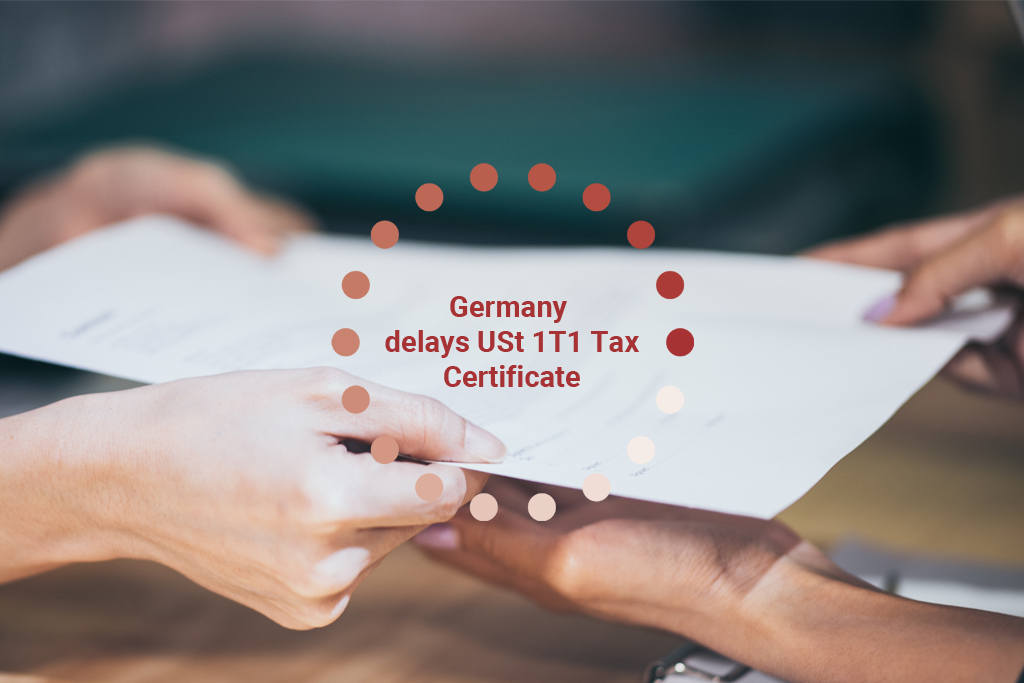
The Federal Ministry of Finance for Germany have delayed a requirement for a USt 1 TI tax certificate which should be attained by all non-resident online sellers.
It was confirmed that from 1st of March 2019, all non-EU sellers needed to have the certificate given to the marketplaces they sell on, if not the marketplace was to be held responsible for any unpaid VAT.
This same is required for EU marketplace sellers too.
Due to the large amount of certificate applications, the Ministry of Finance for Germany have allowed an extra 15 days for non-EU sellers to attain their certificates.
However, the submission of the application must be done by the 28th February 2019.
Additionally, all non-EU sellers are to appoint a German-resident/agent for progressing their tax related correspondence.

Here are some steps that can be followed to be compliant:
- The online seller needs to be registered for VAT in Germany due to holding goods there or has passed the German distance selling threshold of 100,000 EUR.
- Even though sellers below the German Distance Selling Threshold do not need the Tax certificate as they won’t need to be registered. The marketplace may insist on having it which means the seller would need to apply for a German VAT number.
- There is a Ust TJ form which would need to be completed, this will capture details of the seller’s VAT number (Steuernummer), any tax advisor info, the agent authorised and appointed (non EU sellers), the marketplace and seller ID details for all marketplaces in Germany.
- Submit the application to the appropriate Tax Office in Germany for the country of residence for seller. This can differ for example: Chinese sellers would submit via Berlin.
- A USt 1 TI VAT certificate will then be issued, as long as the seller has been getting the correct checks of the VAT office. This could relate to sales that have historically been undeclared on the marketplace.

 Call us:
Call us: 